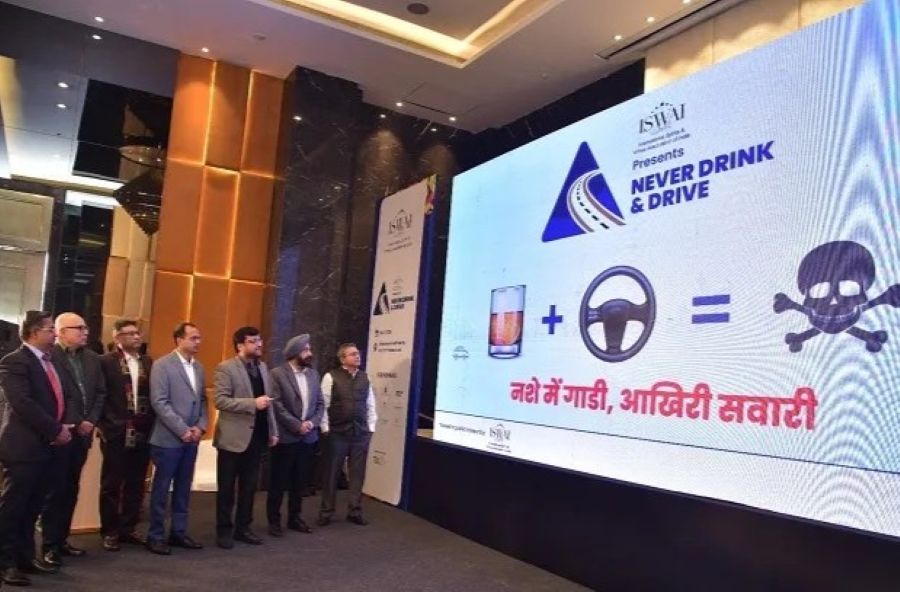Countries will now be able to transfer carbon credits earned from the reduction of greenhouse gas emissions to help other countries meet their climate targets. On the opening day of COP29 in Baku, Azerbaijan, global leaders marked a significant milestone in climate action, achieving consensus on the long-discussed rules and standards for carbon credits under Article 6.4 of the Paris Agreement.
The decision sets the stage for a more robust international carbon market, increasing global demand for carbon credits and accelerating climate action, particularly in developing countries like India. The move is significant for the country as it is on the verge of launching its own Carbon Credit Trading Scheme. Last year, the Government of India announced its intent to roll out the scheme by 2026.
At COP28 last year, negotiations had faltered due to unresolved disagreements over transparency and the rules governing tradable carbon credits. Several countries had expressed doubts over the verification processes and how to ensure that credits genuinely represent emissions reductions.
What are carbon credits?
Carbon markets are carbon pricing mechanisms enabling governments and non-state actors to trade greenhouse gas emission credits. The motive here is to achieve climate targets and implement climate actions cost effectively. Each carbon credit represents the reduction or removal of one ton of carbon dioxide from the atmosphere. These credits can be generated through a variety of activities, such as reforestation initiatives, forest conservation and renewable energy projects.
There are two types of carbon markets: Compliance and voluntary. In compliance markets such as national or regional emissions trading schemes participants act in response to an obligation established by a regulatory body. In voluntary carbon markets, participants are under no formal obligation to achieve a specific target. Instead, non-state actors such as companies, cities or regions seek to voluntarily offset their emissions, for example, to achieve mitigation targets such as climate neutral, net zero emissions.
How the Paris Agreement Crediting Mechanism Works
The Paris Agreement Crediting Mechanism is a key tool for countries to ramp up climate ambition while making it more affordable to implement their national climate goals. By identifying opportunities for measurable emission reductions, the mechanism not only attracts funding but also facilitates international cooperation on climate action.
Through this mechanism, a company in one country can achieve emission reductions, have them certified and sell those credits to another company in a different country. This allows the purchasing company to use the credits to comply with its own emission reduction targets or to support its net-zero commitments.
In addition, the Crediting Mechanism serves as a valuable source of climate finance for developing countries. A portion of proceeds from the sale of carbon credits is directed toward adaptation funding, helping vulnerable communities build resilience against the increasingly severe impacts of climate change.
The first batch of credits likely to be traded under the new UN carbon market are old offsets originally developed under the Kyoto Protocol-era’s Clean Development Mechanism (CDM), starting from the early 2000s. Over 1,200 CDM projects are currently waiting for approval from their host countries to transition into the new system.
Why is Article 6 controversial?
Set up as part of the 2015 Paris Agreement, Article 6 has taken almost a decade to reach its finality. The standards for climate credits have been agreed upon to help nations work together to reduce pollution but critics argue that the benefits of Article 6 are far from guaranteed.
Climate activists and experts highlight significant risks, such as potential human rights abuses and ‘greenwashing’, in which polluters can claim environmental progress without genuinely reducing emissions.
In 1997, governments established a global carbon trading system under the Kyoto Protocol, called the Clean Development Mechanism. However, this system eventually collapsed due to factors like falling prices, concerns that many projects were not effectively reducing emissions, and the decision by the United States – then the largest emitter – not to participate.
Recently, however, carbon markets have made a comeback as companies rush to fulfill their net-zero promises. The value of the voluntary, unregulated carbon market surged during the COVID-19 pandemic, driven by significant demand from large corporations purchasing carbon credits.
What’s different this time?
The contentious nature of Article 6 has led to years of delays. However, advances in technology, market infrastructure and desperation to achieve net-zero targets have given carbon market proponents reasons for optimism.
Innovations in data tracking and verification systems have made it easier to ensure that carbon credits represent real and measurable emissions reductions. Blockchain technology, for example, is enhancing transparency and accountability, reducing the risk of fraud and increasing trust in carbon credit transactions.
Additionally, improved market platforms are helping to expand access to carbon trading, enabling smaller companies and developing nations to participate. These advancements also make carbon credits more efficient, lowering transaction costs and improving scalability.
“A Game-Changer for Developing Nations”
COP29 President Mukhtar Babayev lauded the breakthrough move, saying, “This will be a game-changing tool to direct resources to the developing world. Following years of stalemate, the breakthroughs in Baku have now begun. But there is much more to deliver.”
The International Emissions Trading Association, a business group that backs global carbon markets, has said total trading in the U.N.-backed market could generate $250 billion a year and cut 5 billion metric tons of carbon output annually, by the year 2030.
The COP29 summit, which is taking place from November 11 to 22 and has drawn over 70,000 delegates, is seen as a crucial opportunity for global leaders to demonstrate their commitment to decisive climate action.
To meet the climate goals set by the Paris Agreement, Mr. Babayev called on countries to submit 1.5°C-aligned Nationally Determined Contributions (NDCs) ahead of next year’s deadline, finalize National Adaptation Plans by 2025, and deliver their Biennial Transparency Reports (BTR) this year. This “moment of truth,” as Mr. Babayev called it, will test the world’s commitment to the multilateral climate framework.




.jpg)


.jpg)








.jpg)




